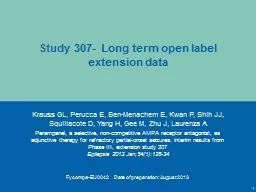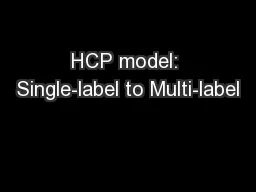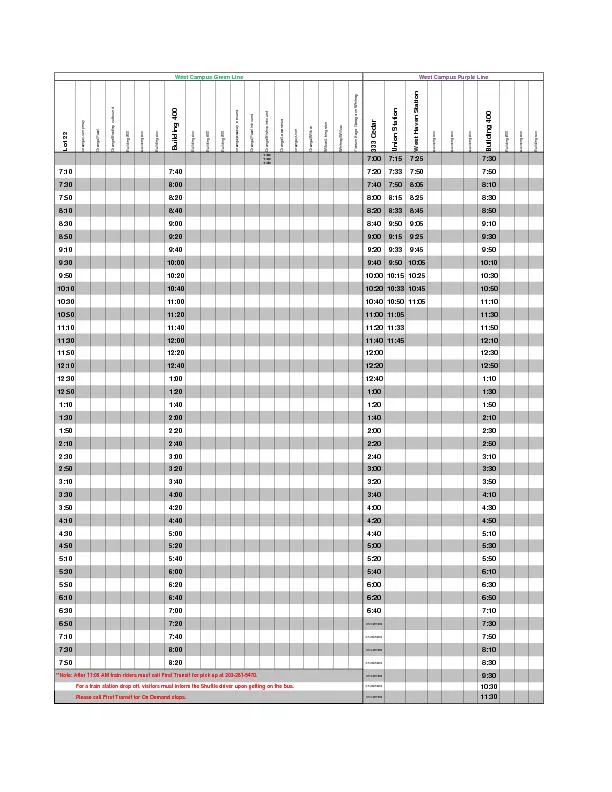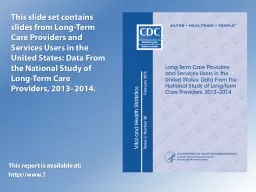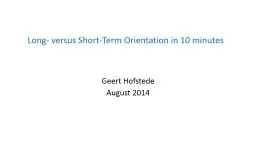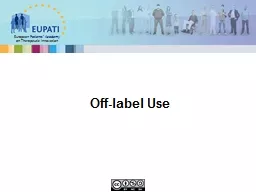PPT-Study 307- Long term open label extension data
Author : windbey | Published Date : 2020-06-17
Krauss GL Perucca E BenMenachem E Kwan P Shih JJ Squillacote D Yang H Gee M Zhu J Laurenza A Perampanel a selective noncompetitive AMPA receptor antagonist as adjunctive
Presentation Embed Code
Download Presentation
Download Presentation The PPT/PDF document "Study 307- Long term open label extensi..." is the property of its rightful owner. Permission is granted to download and print the materials on this website for personal, non-commercial use only, and to display it on your personal computer provided you do not modify the materials and that you retain all copyright notices contained in the materials. By downloading content from our website, you accept the terms of this agreement.
Study 307- Long term open label extension data: Transcript
Download Rules Of Document
"Study 307- Long term open label extension data"The content belongs to its owner. You may download and print it for personal use, without modification, and keep all copyright notices. By downloading, you agree to these terms.
Related Documents

